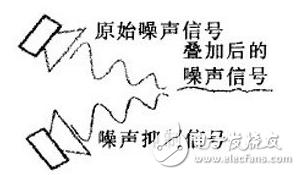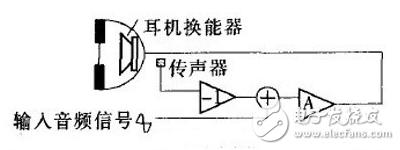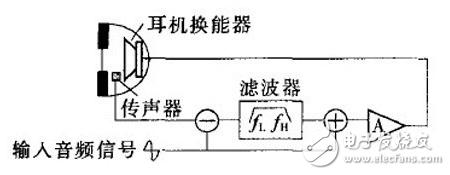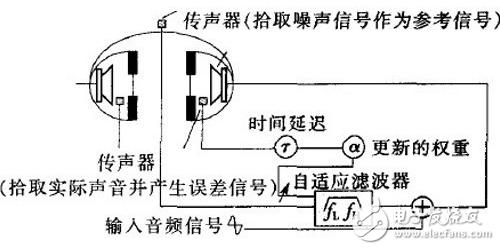Noise-canceling earphones are a type of audio device designed to reduce unwanted ambient sounds. There are two main types: active noise cancellation (ANC) and passive noise cancellation. While passive models rely on physical barriers or materials to block sound, active noise-canceling headphones use advanced technology to cancel out external noise in real time.
Active noise cancellation works by using microphones to detect surrounding sounds, particularly low-frequency noises that are most common in environments like airplanes or busy streets. These signals are then processed by an internal circuit that generates an opposing sound wave—identical in amplitude but opposite in phase—to cancel the original noise. This process results in a quieter listening experience without the need for high volume levels.
How Active Noise Cancellation Works

The principle of active noise-canceling headphones is quite different from traditional passive noise isolation. Here’s how it works:
- First, a microphone inside the earphone detects low-frequency environmental noise (typically between 100 Hz and 1000 Hz).
- The detected signal is sent to a control circuit, which processes it in real-time.
- A speaker then emits a sound wave with the opposite phase and equal amplitude to the detected noise, effectively canceling it out.
- The result is a significant reduction in background noise, allowing users to enjoy clearer audio at lower volumes.
While ANC headphones offer superior noise reduction, they typically require a power source, unlike passive models that can be used without any battery. They also tend to be more expensive, but their performance and comfort make them a popular choice for frequent travelers and audiophiles.
Active Noise Reduction Systems
There are three main types of active noise reduction systems: open-loop, closed-loop, and adaptive systems.
Open-loop System:

In an open-loop system, the microphone is placed outside the earcup, capturing ambient noise before it reaches the ear. The signal is inverted and played back through the speaker to cancel the original noise. However, this system may not always provide the best accuracy since the noise heard inside the earcup can differ from what the external microphone captures.
Closed-loop System:

A closed-loop system places the microphone inside the earcup, allowing it to capture both the desired audio and the ambient noise. This feedback mechanism helps the system adjust and improve the anti-noise signal over time. While more accurate, closed-loop systems can sometimes become unstable due to the feedback loop.
Adaptive System:

An adaptive system uses digital filters and machine learning algorithms to continuously adjust the anti-noise signal based on changing environments. This makes it more flexible and effective in varying conditions. Adaptive systems are considered the most advanced form of active noise cancellation available today.
In Summary
Active noise cancellation has evolved significantly over the years and is now becoming more accessible to everyday consumers. Unlike passive noise isolation, which relies on physical barriers, ANC technology actively suppresses unwanted sounds, offering a more immersive and comfortable listening experience.
Despite its benefits, the industry still faces challenges, such as technological secrecy among leading manufacturers. However, with the growing demand for high-quality noise-canceling products, many domestic brands are now developing their own solutions and entering the market with competitive options.
As our environments become noisier, the importance of noise-canceling technology continues to rise. It's not just about reducing sound—it's about enhancing the quality of life and making audio experiences more enjoyable for everyone.
Stretch Lcd Display,Stretch Screen,Bar Screen,ELED LCD
Shenzhen Risingstar Outdoor High Light LCD Co., Ltd , https://www.risingstarlcd.com